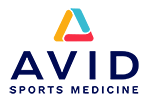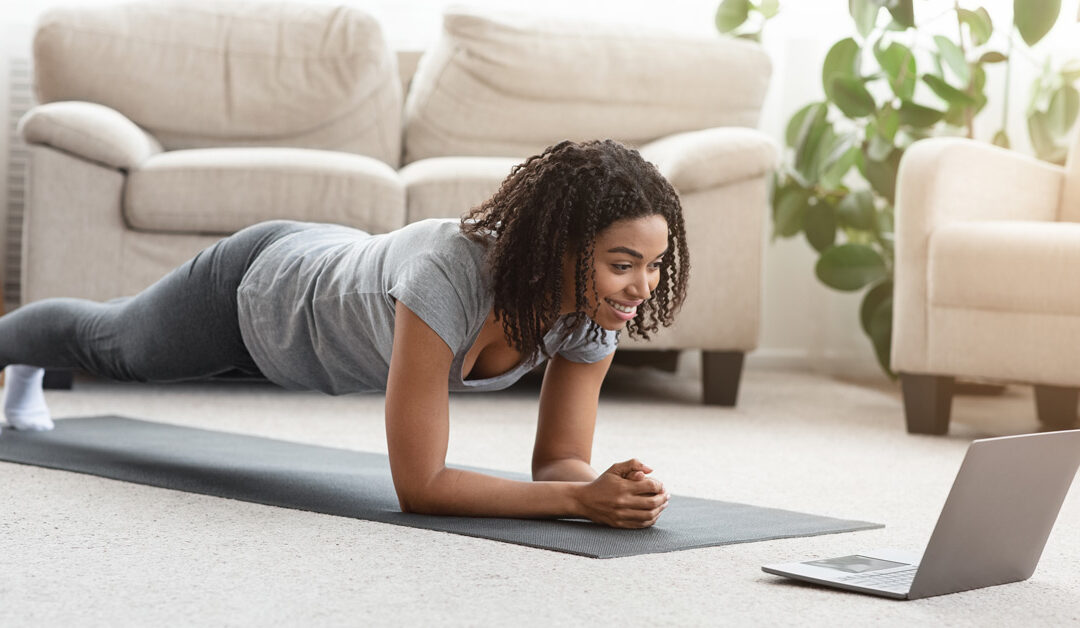Setting health and fitness goals in the new year isn’t a novel idea, but this year is different. With gyms closed and social distancing still in effect, creating a personal fitness program requires thinking and planning differently. If you are looking to get active in the new year, keep reading for our recommended five steps to successfully begin your own personal fitness program.
1. Set goals that align with your interest
The best way to stick to a routine is to find an activity goal that aligns with your interests. If you enjoy walking, then walk; if you enjoy dancing, then dance! Enjoyability is an important factor in determining how likely you are to keep your routine going. Force yourself to do something you hate and the excuses to get out of it will always be top of mind.
Intentional goal setting is another strategy to keep you on track. Using a popular goal setting technique can help resolutions become reality. One example is using S.M.A.R.T. goals – goals that are:
- Specific
- Measurable
- Action-Oriented
- Realistic
- Timebound
For example, your goal may be to walk more. That’s great! Transforming this into a S.M.A.R.T goal might be to walk (Specific) for 30-minutes (Measurable) throughout the day (Action-Oriented) gradually increasing the pace/distance (Realistic) over the next three months (Timebound).
2. Focus on creating new habits
We’ve all heard that it takes a specific period of time to create a new habit. However, taking an active role is more important than waiting any specific period of time. Healthy habits are the result of deliberate effort and require conscious planning. The science behind habit formation can help us understand how to form the habits we want. Our brains have evolved to use the automatic nature of habits to save energy and make us more efficient.
Actions that are small and specific are more likely to result in a habit. If, for example, your goal is to become an avid walker. Instead of saying “I’m going to walk more”, make your goal “I’m going to walk for 30 minutes every morning after breakfast”. Making your action easy to take will increase the likelihood that you’ll do it. Take some time to reflect on things you can add or remove from your daily life to make your action easier. For example, put your walking clothes next to the bed each night and so that you put them on first thing in the morning, or plan out your routes for the week every Sunday night. Creatingauditory and visual cues that are associated with your action will help you build a conditioned response. For example, set a calendar reminder so that your phone lights up or an alarm with your favorite workout song.
3. Identify a support system
Accountability is one of the most influential aspects of creating new habits. Getting fit with friends, joining a class, or even just sharing your goal with someone close to you will help keep you on track. The fitness community we’ve built at Avid is just one of the many ways we aim to encourage our members to build an active lifestyle. Our virtual group fitness classes are a great place to start your personal fitness program. Avid’s San Francisco Sports Medicine doctor and movement specialists use evidence-based techniques to create classes that are challenging but safe. We offer a variety of options and a welcoming environment to try something new. Engaging with other like-minded people can help you feel supported at the onset of your fitness journey and find encouragement when there are bumps in the road.
Exercising with your coworkers is another way to create a community around your goals. Using this existing network for motivation has both individual and group benefits. Individuals who exercise regularly are often more productive and effective at their jobs. Groups who do activities together regularly show enhanced team dynamics, better relationships and greater job satisfaction. Avid offers ways to bring virtual fitness to your work from home teams with Employee Wellness Solutions.
4. Seek guidance
If you’re someone who has had difficulty reaching your physical activity goals due to previous injuries, we recommend consulting your doctor beforehand. At Avid, our San Francisco Sports Medicine team of multi-disciplinary fitness professionals provide injury evaluation, functional movement assessments, and exercise prescriptions that can help you identify your fitness level and potential weaknesses. We can help you set realistic but motivating goals and track your progress over time. If something is bothering you, don’t let it keep you from moving. Contact us for an appointment.
5. Be patient
The past year was almost universally difficult. Starting a personal fitness program in the new year is a great way to focus on what you can control. Take gradual and consistent steps to build new routines, but don’t expect fitness to happen overnight. It may take a while to see noticeable change; fitness is a lifelong journey. Give yourself the time and space to try new things and not be perfect. Reward and congratulate yourself for taking steps and achieving interim goals.
If you are looking to start a personal fitness program, give Avid Fitness a try. We currently offer yoga, circuit training, and dance virtual class memberships with monthly access. Our Bay Area Athletic Training team also conducts functional movement assessments for your body’s unique needs to build a foundation of stability, mobility, and strength. From elite athletes to couch potato, we can help you develop a personal fitness program that’s right for your body and your goals.
Co-authored by: Ameera N. Teal MS, CSCS, EP

